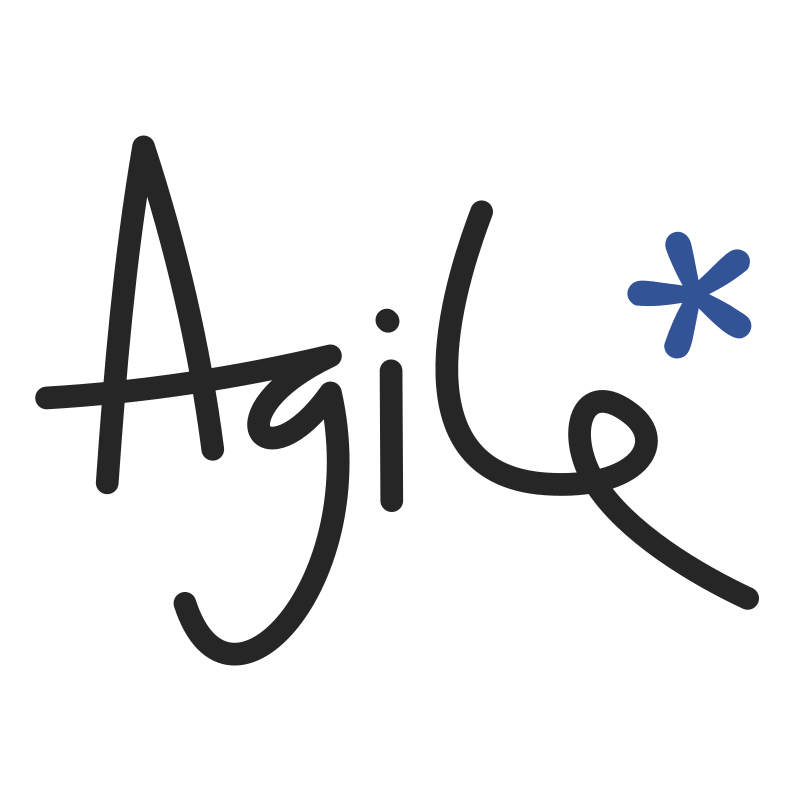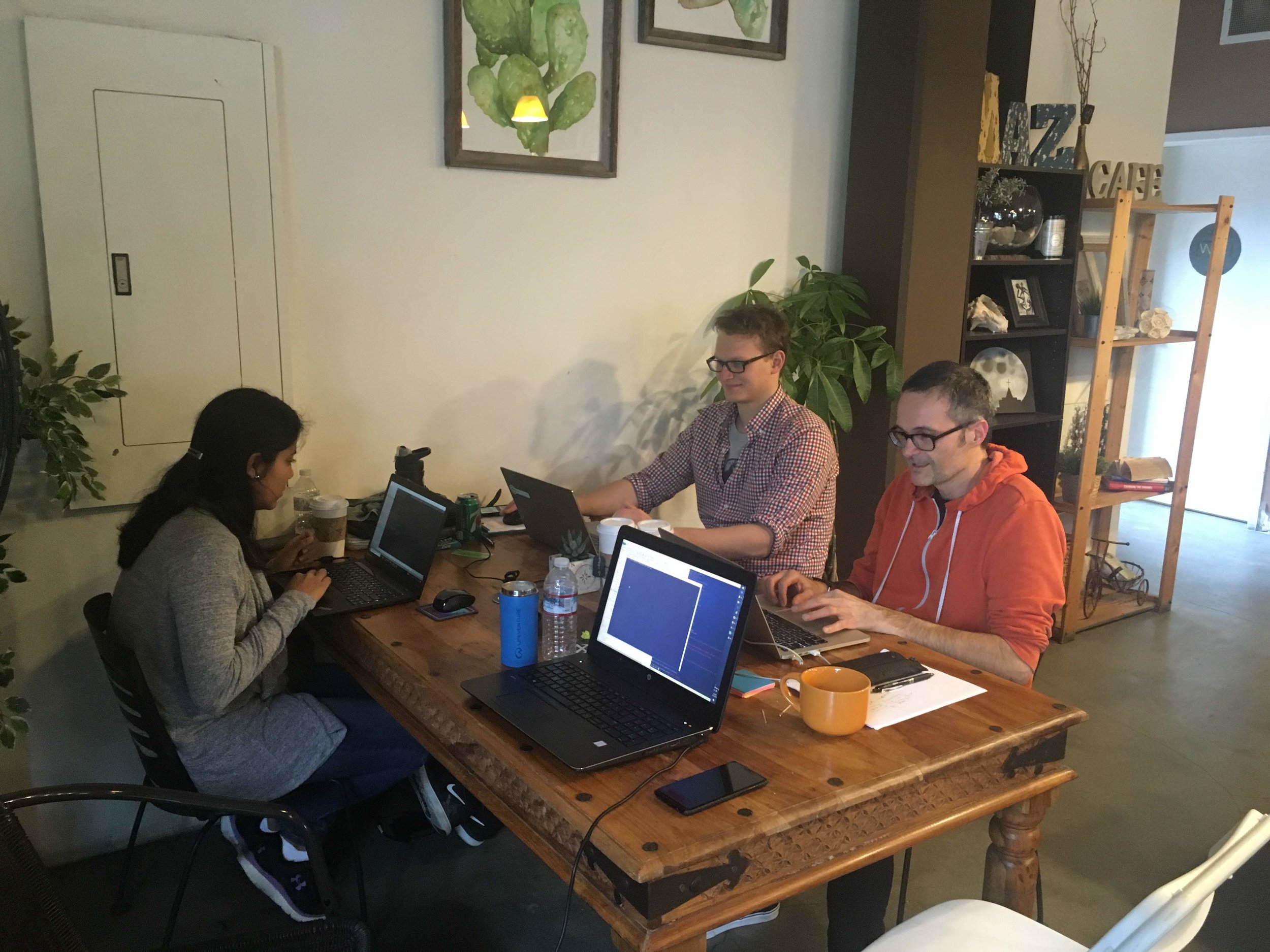90 years of seismic exploration
/Today is an important day for applied geoscience. For one thing, it’s St Barbara’s Day. For another, 4 December is the anniversary of the first oil discovery drilled on seismic reflection data.
During World War 1 — thanks to the likes of Reginald Fessenden, Lawrence Bragg, Andrew McNaughton, William Sansome and Ludger Mintrop — acoustics emerged as a method of remote sensing. After the war, enterprising scientists looked for commercial applications of the technology. The earliest geophysical patent application I can find is Fessenden’s 1917 award for the detection of orebodies in mines, and Mintrop applied for a surface-based method in 1920, but the early patents pertained to refraction and diffraction experiments. The first reflection patent, US Patent no. 1,843,725, was filed on 1 May 1929 by John Clarence Karcher… almost 6 months after the discovery well was completed.
It’s fun to read the patent. It begins
“This invention related to methods of and apparatus for determining the location and depth of geological formations beneath the surface of the earth and particularly to the determination of geological folding in these sub-surface formations. This invention has special application in the location of anticlines, faults and other structure favorable to the accumulation of petroleum.”
Figures 4 and 5 show what must be the first ever depiction of shot gathers:
Figure 5 from Karcher’s patent, ‘Determination of subsurface formations’. It illustrates the arrivals of different wave modes at the receivers.
Karcher was born in Dale, Indiana, but moved to Oklahoma when he was five. He later studied electrical engineering and physics at the University of Oklahoma. Along with William Haseman, David Ohearn, and Irving Perrine, Karcher formed the Geological Engineering Company. Early tests of the technology took place in the summer of 1921 near Oklahoma City, and the men spent the next several years shooting commercial refraction surveys around Texas and Oklahoma — helping discover dozens of saltdome-related fields — and meanwhile trying to perfect the reflection experiment. During this period, they were competing with Mintrop’s company, Seismos.
The first well
In 1925, Karcher formed a new company — Geophysical Research Corporation, GRC, now part of Sercel — with Everette Lee DeGolyer of Amerada Petroleum Corporation and money from the Viscount Cowdray (owner of Pearson, now a publishing company, but originally a construction firm). Through this venture, Karcher eventually prevailed in the race to prove the seismic reflection method. From what I can tell, HB Peacock and/or JE Duncan successfully mapped the structure of the Ordovician Viola limestone, which overlies the prolific Simpson Group. On 4 December 1928, Amerada completed No. 1 Hallum well near Maud, Oklahoma.
The locations (as best I Can tell) of the first test of reflection seismology, the first seismic section, and the first seismic survey that led to a discovery. The map also shows where Karcher grew up; he went to university in Norman, south of Oklahoma City..
Serial entrepreneur
Karcher was a geophysical legend. After Geophysical Research Corporation, he co-founded Geophysical Service Incorporated (GSI) which was the origin of Texas Instruments and the integrated circuit. And he founded several explorations companies after that. Today, his name lives on in the J. Clarence Karcher Award that SEG gives each year to one or more stellar young geophysicists.
It seems appropriate that the oil discovery fell on the feast of St Barbara, the patron saint of miners and armorers and all who deal in explosives, but also of mathematicians and geologists. If you have a bottle near you this evening, raise a glass to St Barbara and the legion of geophysicists that have made seismic reflection such a powerful tool today.
Source material
Brown, Raymon. Birth of the seismic-reflection method. In: Special Publication 99, Oklahoma Geological Survey, 6–9.
Everett, Diana. Seismograph. Oklahoma Historical Society article.
Fessenden, Reginald. US Patent no. 1,240,328.
Karcher, John Clarence. Determination of subsurface formations. US Patent no. 1,843,725.
Keating, Brendan. How geophysics improved success rates in the oil and gas industry. OPC, UK.
Mintrop, Ludger. US Patent no. 1,599,538.
Sweet, George (1987). Comment on JC Karcher’s The Reflection Seismograph. The Leading Edge 6 (11).
Wells, Bruce. Exploring seismic waves. American Oil & Gas Historial Society article.
Wikipedia entry on John Clarence Karcher, and SEG Wiki article on John Karcher.




































































 Except where noted, this content is licensed
Except where noted, this content is licensed